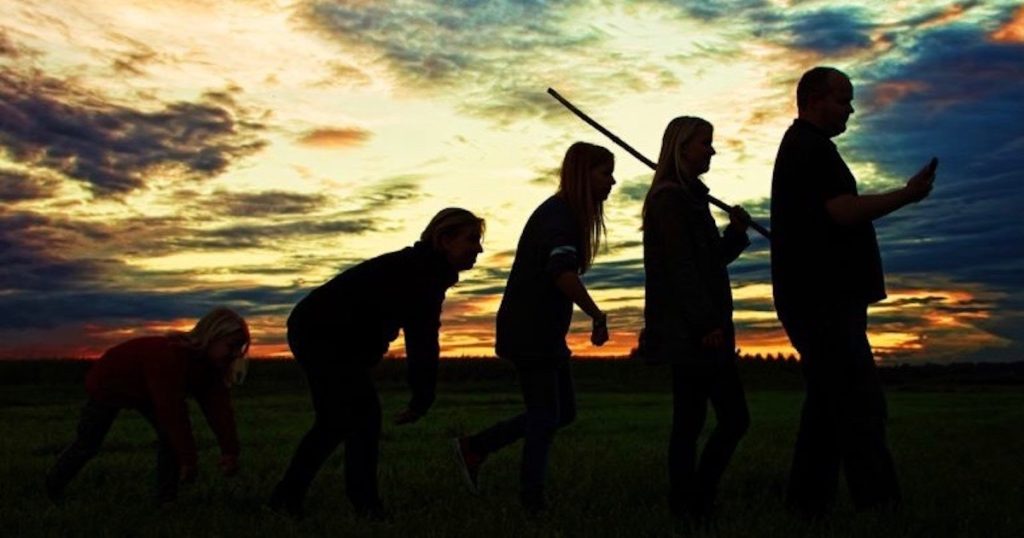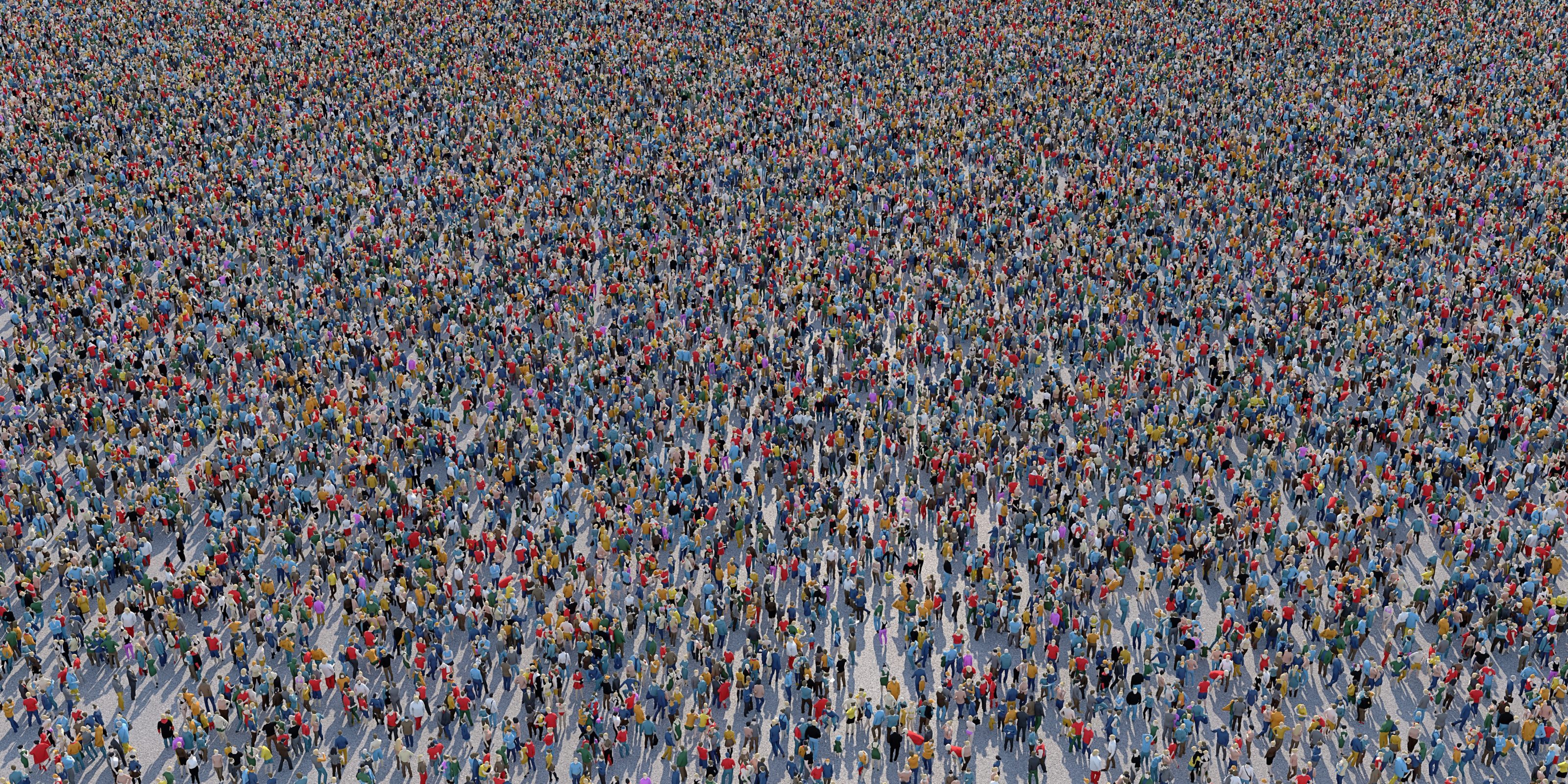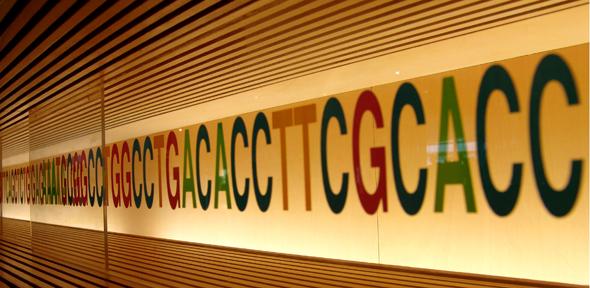
A Single-Couple Human Origin is Possible
Abstract: The problem of inferring history from genetic data is complex and underdetermined; there are many possible scenarios that would explain the same data. It can be made more tractable by making reasonable simplifications to the model, but it is continually important to remember what has been demonstrated and what is merely a parsimonious working assumption. In this paper we have chosen to model the demographic ancestry of humanity using the simplest of assumptions, with a homogeneous population whose size can vary over time. All other assumptions such as the mutation rates were standard, and no natural selection was in operation. Using a previously published backwards simulation method and some newly developed and faster algorithms, we run our single-couple origin Read More ›



